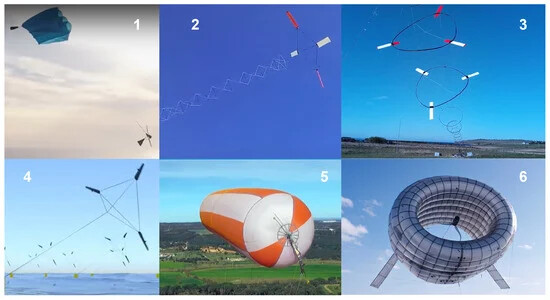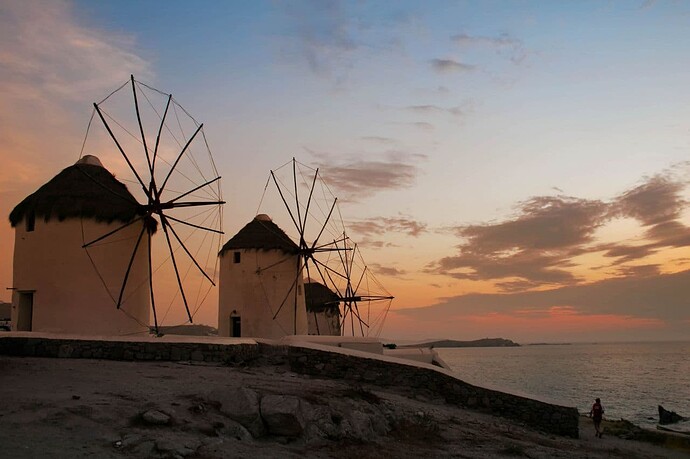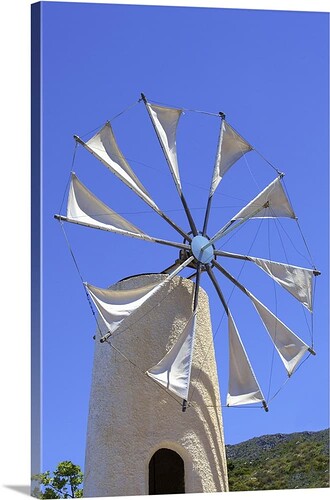Hi Pierre:
I’m certainly well acquainted with how and why the standard wind energy terminology is not followed in AWE: AWE doesn’t understand much about wind energy in the first place. It’s basically a bunch of incurable amateurs pretending they are developing meaningful wind energy systems, the whole time thinking “This time it’s different!” with disregard of all that has been learned in the last 2000 years of successful wind energy devices.
While the terms “lift device” and “drag device” are usually explained in the first section of any book on wind turbine design, the term “crosswind” is seldom if ever used in such a book, due to the fact that virtually all turbines have been 100% crosswind for 2000 years.
The whole “bounding” and “hovering” suggestion from Tallak is interesting, but to me, not really compelling, at least as a replacement for existing terminology.
However, I would say it is accurate to say any kite, tethered rotorcraft, or anything else that is seen to hover, is of course hovering. But that doesn’t mean it is not also a crosswind device.
Now if a gyrocopter is holding position, it is hovering, but it is usually also a crosswind device to the extent that its main rotor is tilted to be powered by the horizontal wind.
“Bounding”? Sound like a term designed to obfuscate the non-steady-state operation aspect, or make it sound cute, like it’s just a deer or maybe a bunnyrabbit, “bounding” across a field.
To me, kite-reeling spells it out fairly well, with “reeling” implying if it reels out, it also must reel in, ALTHOUGH a laddermill might still be called kite-reeling, and, if it existed, would ostensibly be a steady-state machine. But of course, even the most simple version is too difficult to build, even for 100 interns smiling for a group-selfie!
And really, I’m not so sure I really care WHAT we call kite-reeling, but I’m just saying “lift” and “drag” are already taken, not only in wind energy, but in aerodynamics in general, and crosswind is simply how wind energy has been done for 2000 years… An airfoil wing pushing down is still said to use “lift”. The reason Loyd chose “lift” is because he saw it reeling out - in a partially upward direction. But in wind energy, the term “lift” is already not just some obscure term, but the most basic term imaginable - a pre-school-level term which is, as I say, tantamount not to learning to read and write, nor even how to hold a pen or pencil, but how to hold a crayon.
The meaning is simple: The working surfaces are “dragged” downwind to make power, and must be returned to their original upwind position while using power, not producing power. The only exception I can think of is the American Farm Wiindmill, which runs 100% crosswind (unless furled in high winds) but is technically referred to by many as a “drag device”, due to its low rotation speed and high solidity, where the “official” cutoff from lift to drag is said to be the speed of the wind itself - if the operation is slower than the wind speed, it is a drag device, or if faster than the wind, a lift device, with the farm windmill running at about equal to the windspeed, allowing for endless debate.
Kite-reeling kites do travel crosswind, faster than the wind speed, but the functional operation of the reel-out is to travel downwind, slower than the wind, so, to me, it is in a special category: Using lift to nonetheless power a drag-based operation. It uses lift to achieve drag. It uses lift to enhance the force with which it is “dragged” downwind.




 effort is more reliable and less of a risk than a stable, low altitude, lightweight, cheap, multiline redundant, mechanically autonomous kite with a safety back line anchor?
effort is more reliable and less of a risk than a stable, low altitude, lightweight, cheap, multiline redundant, mechanically autonomous kite with a safety back line anchor?



